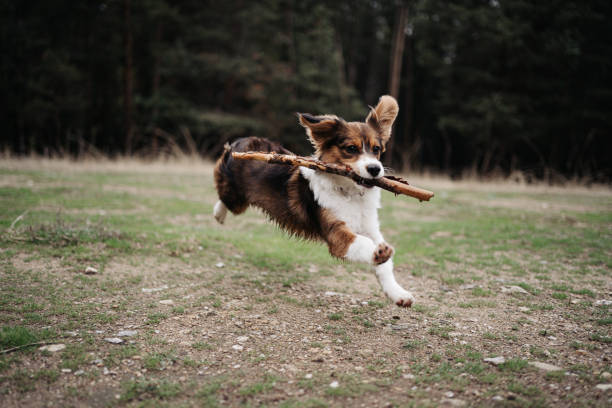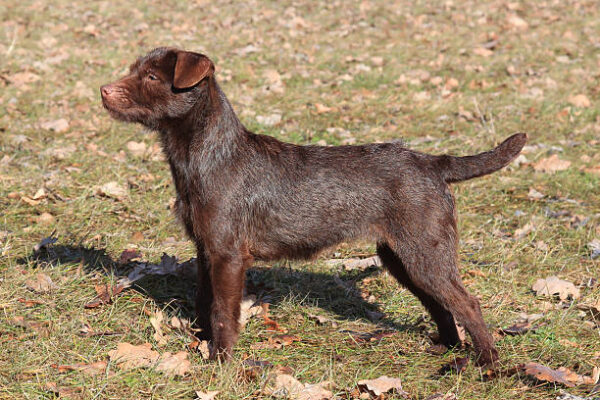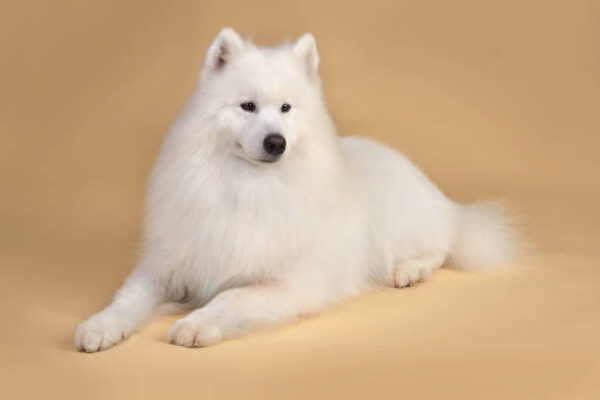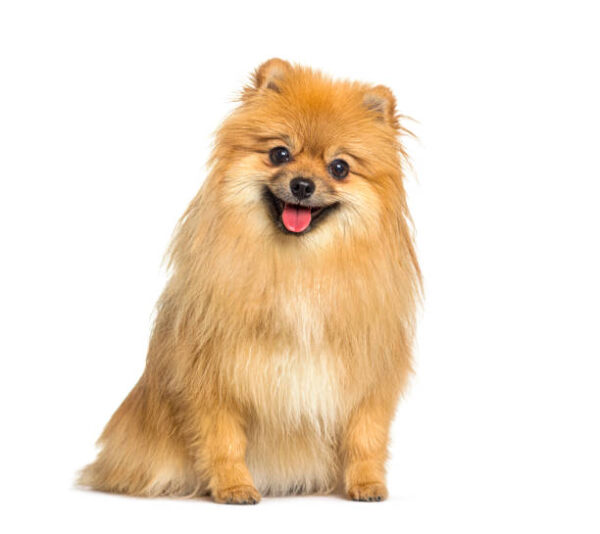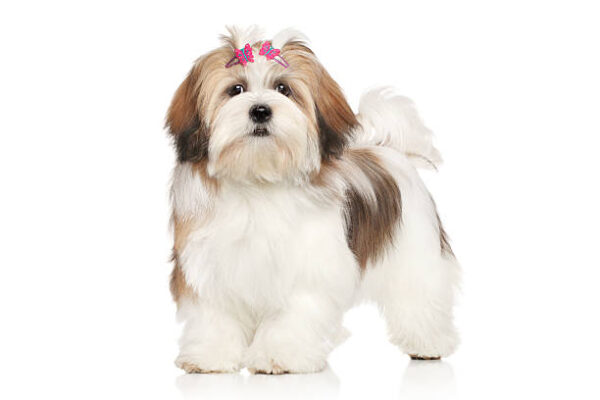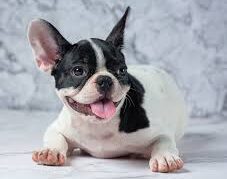Your cart is currently empty!
Kooikerhondje
Kooikerhondje Kooikerhondje: This is a Dutch breed which works with hunters as a decoy to attract ducks by waving its white plumed tail and lures them along streams where they are eventually trapped in nets. The orange/red of its parti-coloured coat is thought by some to be associated with the Royal House of Orange and […]
Description
Kooikerhondje
Kooikerhondje: This is a Dutch breed which works with hunters as a decoy to attract ducks by waving its white plumed tail and lures them along streams where they are eventually trapped in nets. The orange/red of its parti-coloured coat is thought by some to be associated with the Royal House of Orange and Dutch historians tell of the Kooiker which saved Prince William of Orange by barking loudly when intruders entered the royal chambers.
When the breed was first recognised in the UK it was placed in the Gundog Group, but since the Kooikerhondje does not work alongside hunters with guns, it was felt appropriate to transfer it to the utility group.
General appearance
Orange-red parti-coloured dog with a nearly square body with length slightly more than height at shoulders. High head carriage. An untrimmed coat with well-feathered tail.
Characteristics
Temperament friendly, good natured and alert. A sporting and companion dog whose purpose is to work as a duck decoy and control vermin. Self confident, keen, swift and tough.
Head and skull
Skull moderately curved. Length of skull and muzzle approximately equal. Stop clearly visible in profile but not too deep. Muzzle slightly wedge shaped, not too deep. Well filled under the eye. Lips close fitting and well pigmented. Nose black.
Eyes
Deep brown, almond-shaped, surrounded by orange-red hair. Black eye rims. Friendly and alert expression.
Ears
Medium sized, set just above eye level; pendant, carried close to the cheeks without fold, never flying. Well feathered, black tips (ear rings) which develop with age, highly desirable.
Mouth
Jaws strong with a perfect, regular and complete scissor bite, i.e. upper teeth closely overlapping lower teeth and set square to the jaw.
Neck
Well muscled, of moderate length. A slightly heavier coat around the neck is highly desirable.
Forequarters
Well-laid shoulder with upper arm well angulated and of approximately equal length. Elbow lies close to the body. Strong, slightly sloping pasterns. Forelegs straight, of sufficient bone, moderately feathered.
Body
Length of body from point of shoulder to point of buttock slightly longer than height at withers. Strong, level back. Chest reaching to the elbows with well-sprung ribs. Sufficiently developed forechest. Slight tuck up.
Hindquarters
Strong and well muscled, moderately well angulated and hind legs parallel when viewed from the rear. Slightly sloping croup. Hocks well let down. Well feathered to mid-thigh.
Feet
Small, compact and slightly oval.
Tail
Tail set follows line of croup, reaching to the hock. Carried at or above the level of the back. Never curled. Well feathered with white plume.
Gait/movement
Flowing and springy with good extension and rear drive.
Coat
Medium long, slightly waved or straight; not curled, close fitting. Hair texture not too fine, well developed undercoat. The coat on the head, front part of the legs and the feet should be short. Well-feathered tail, moderate feathering to underline and back of legs; never below the hocks.
Colour
Patches of clear orange-red on white with orange-red predominating on body. White blaze preferred. A few black hairs intermingling with the orange-red colour and slight ticking are acceptable but less desirable. A black tail ring, where the colour changes to white, is permitted.
Size
Height: dogs 37-42 cms (14½-16½ ins); bitches 35-40 cms (14-16 ins).
Faults
Any departure from the foregoing points should be considered a fault and the seriousness with which the fault should be regarded should be in exact proportion to its degree and its effect upon the health and welfare of the dog and on the dogs ability to perform its traditional work.
Note
Male animals should have two apparently normal testicles fully descended into the scrotum.
